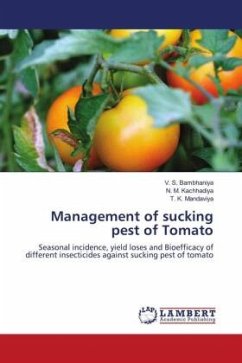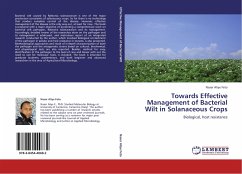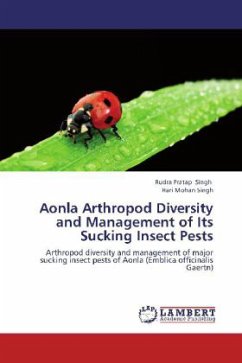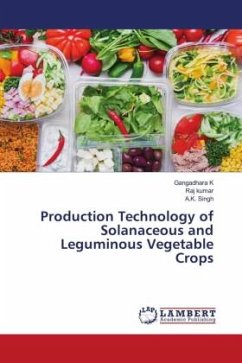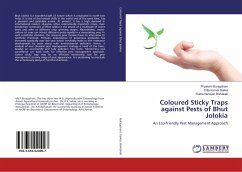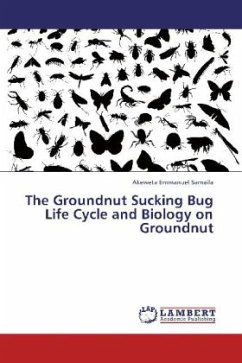In tomato, where pest management plays an important role in harvesting its maximum potential, numbers of insecticide applications though increases the yield, but are economical up to a certain extent. The increased insecticide applications coupled with high cost result in escalation of cost of cultivation which further makes the crop uneconomical due to non-remunerative price of the crop produce. Their massive overuse and frequent misuse has led to the problems of three Rsviz.; resistance of pesticides, resurgence of pest and residues as well as toxicity hazards to non-target animals. The present study was planned and undertaken to evaluate efficacy and economics of various insecticides such as imidacloprid, spinosad, acetamiprid, clothianidin, thiacloprid, dinotefuran, difenthiuron, flonicamid and dimethoate for the management of major sucking pests of tomato viz; whitefly, aphid, jassid and thrips.Looking to the importance of sucking pest, viz; B. Tabaci, A.gossypii, A. bigutulabigutula and T.tabaciand,S.dorsalison tomato crop, the following aspects were studied during the course of investigation.

